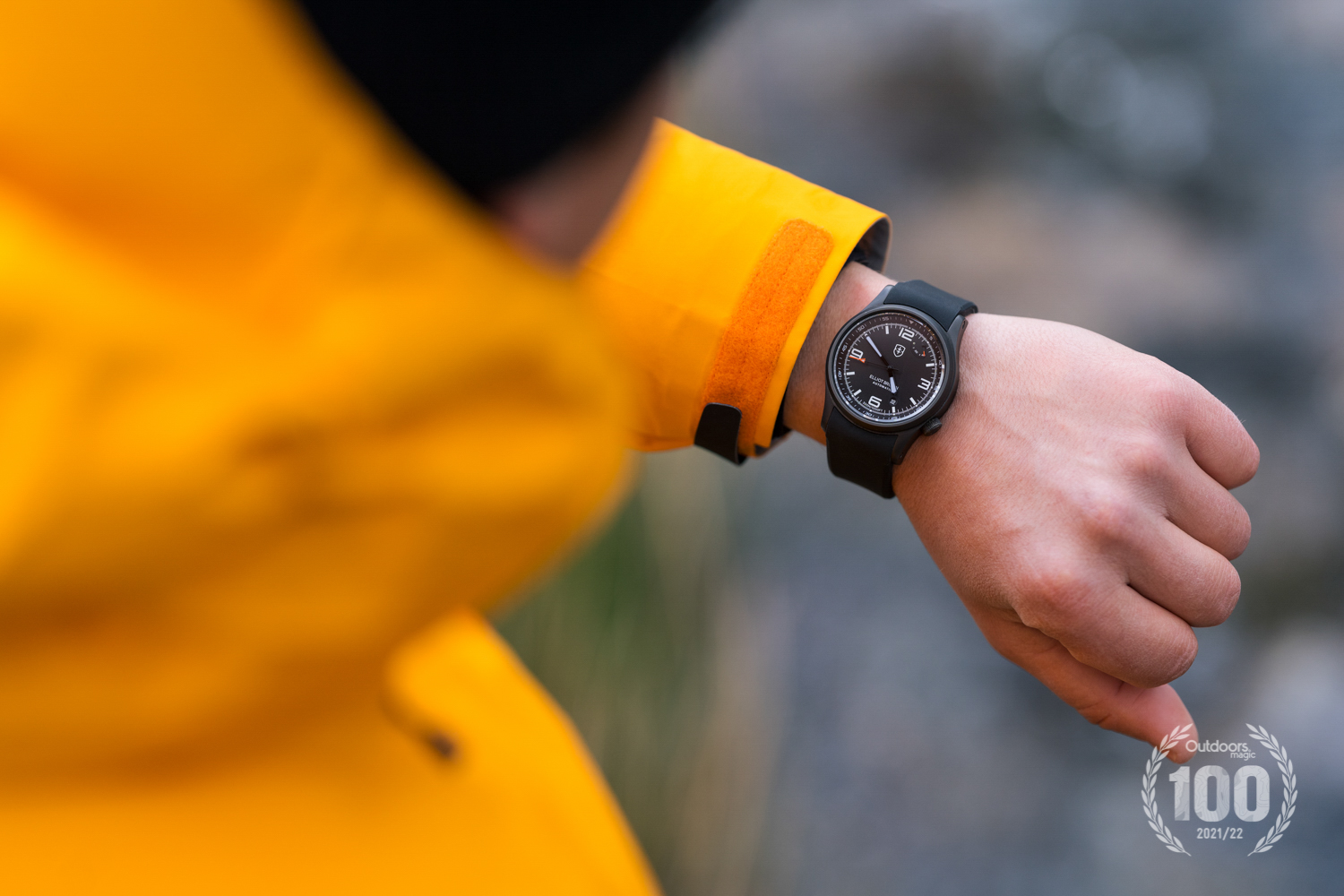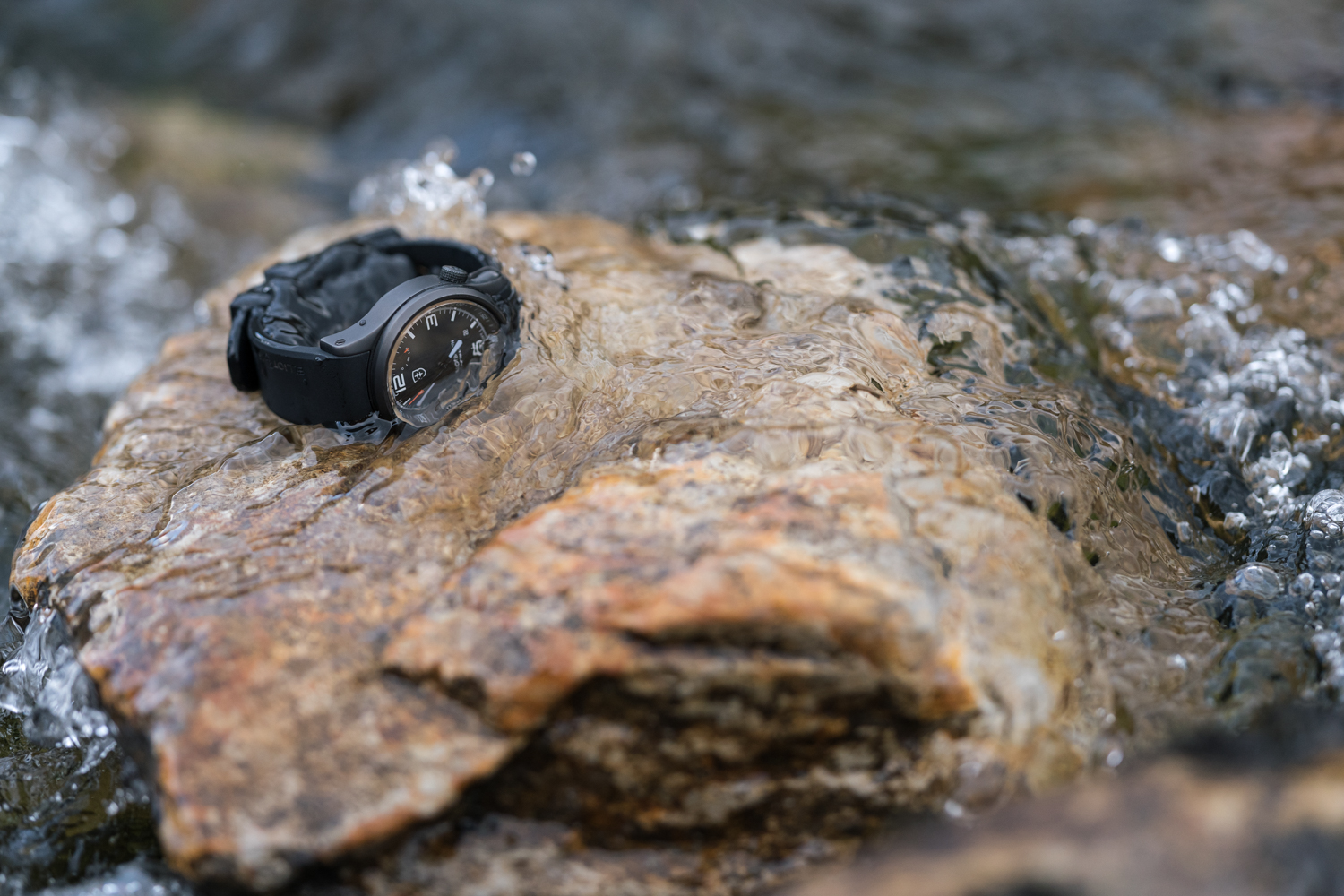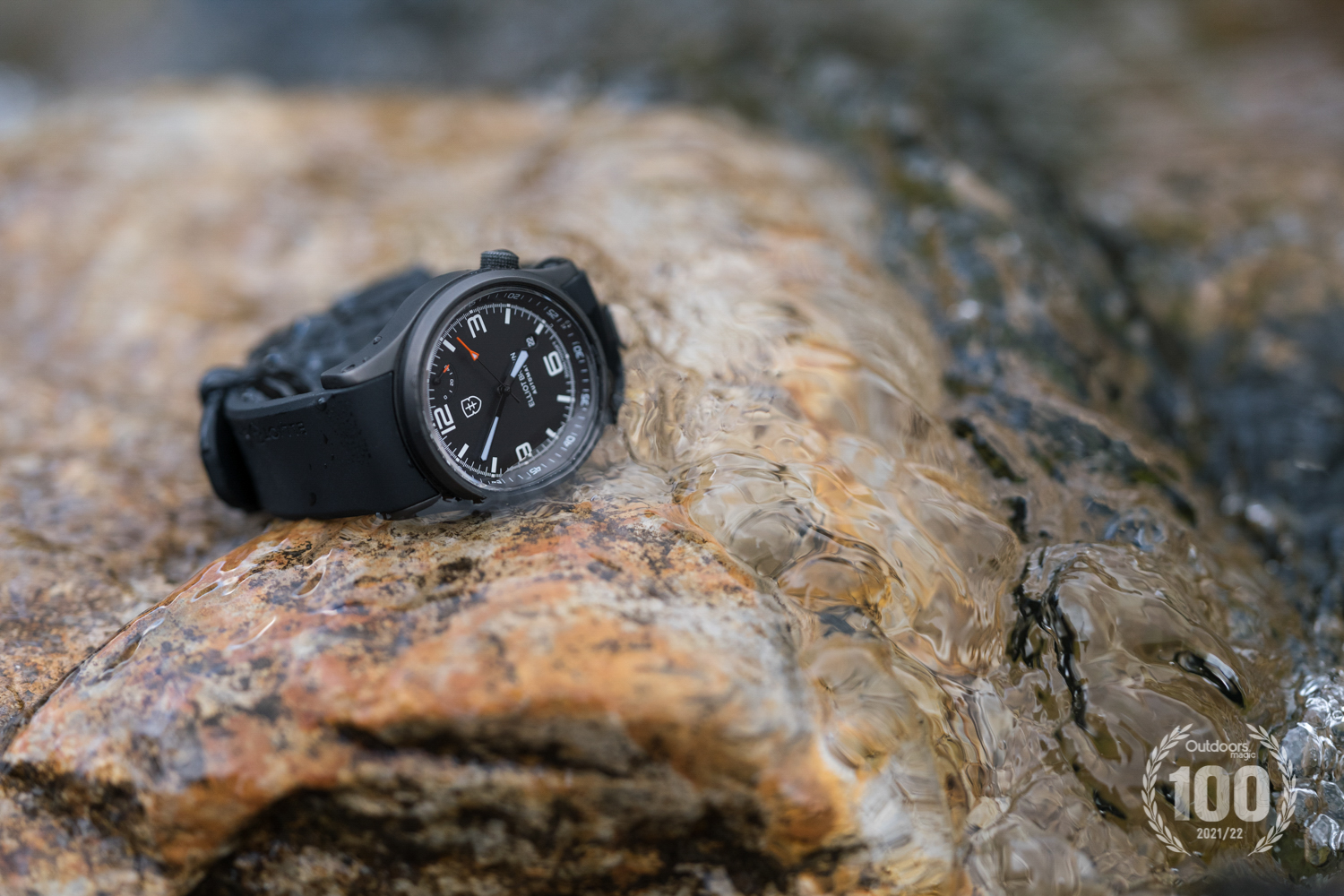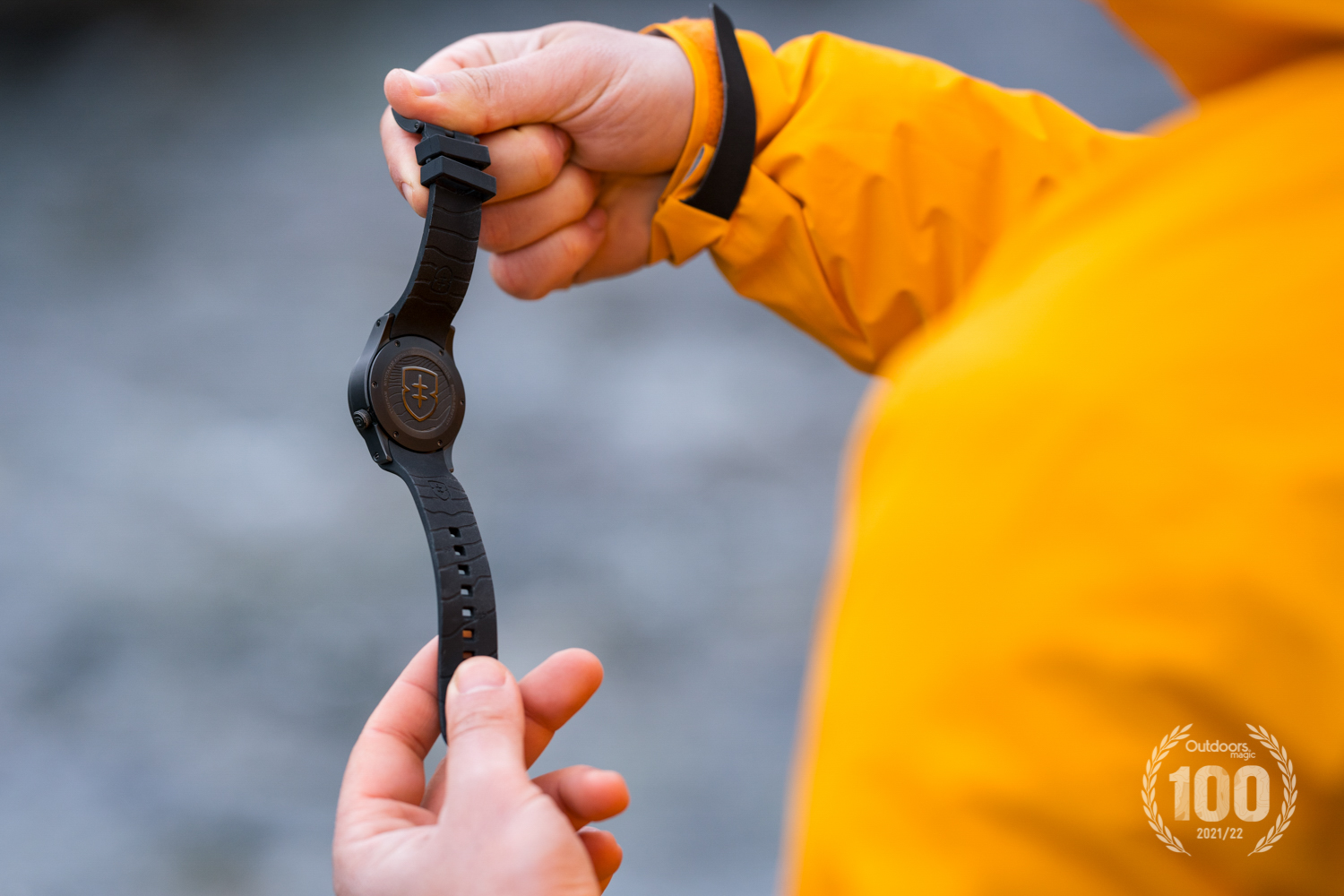Why We Chose The Elliot Brown Tyneham Automatic Watch Rugged, stylish and wearable
We’ve been hugely impressed with all the Elliot Brown watches we’ve managed to get our hands so far – namely, the Canford, the Broadstone and the Holton Professional. Each, we felt, had a distinct identity, with rugged looks that clearly draw inspiration from military instrumentation and classic field or dive watches without looking too garish.
In many ways, they’re the antithesis of some of those oversized sports adventure watches on the market today. You know the ones – they have ridiculously large 45mm cases, chunky bezels and burly crown protectors, busy and confusing dials full of logos/multiple indices/motivational slogans, and a tiny, pretty much unusable button compass slapped on the strap too, just for good measure.
Elliot Brown’s approach is refreshingly different. The watches we’ve tested from the brand have all been eminently wearable and stylish in an un-shouty sort of way, while being tough enough to stay strapped to your wrist on almost any adventure. To borrow an old marketing tagline from another well-known watch brand, they just took a lickin’ and kept on tickin’.
The Tyneham has been designed with similar utility in mind. It’s a versatile automatic built for daily use, but with the same ultra-rugged build quality that characterises all EB watches.

Who Is The Elliot Brown Tyneham Automatic Watch For?
As far as we’re concerned, there will always be a place for a classic field watch in the great outdoors, despite the advent of GPS watches, wrist altimeters and the increasingly ubiquitous smartwatch.
If you’re the sort of adventurer who just wants a rugged wristwatch that’ll keep good time, without worrying about temperamental tech and limited battery life, the Tyneham is for you. Similarly, if you’re someone with a sense of style who also appreciates well-built, quietly handsome kit, this is a watch that will undoubtedly speak to you.
It’s fairly compact, with a 41mm case, so it sits easily on most wrists. This houses a reliable, low-maintenance Miyota 9130 Japanese automatic movement, with a two-stage shock absorption system to protect it. It hacks and can be hand-wound. There’s also a subtle 42-hour power reserve indicator at 1 o’clock on the dial, making it easy to see the state of the mainspring winding.
Materials
Everything we look for in a quality watch is present and correct. That includes a stainless-steel case and bezel with a sapphire crystal. But in typical EB style, there’s far more to the components than that. For example, every Tyneham bezel is individually case-hardened for supreme scratch-resistance – apparently, it’s six times harder than marine-grade stainless steel. The anti-reflective sapphire crystal is also slightly recessed, with a bevelled circumference to protect the edge from chipping.
“There will always be a place for a classic field watch in the great outdoors.”
Our test sample was the handsome 001 model with the gunmetal-finished PVD matte stainless case, plus a matte black anti-reflective dial with white numerals and indices with matching date window at 5 o’clock. It’s fitted as standard with a diver-style rubber strap, with a heavy-duty stainless “EB” wide tongue buckle. The strap bars that fix the strap to the watch itself are solid stainless screw-in bars: highly unlikely to snap or come loose.
Flip the watch over and more exquisite details meet the eye. Even the inner surface of the rubber strap is finished with a contour line pattern borrowed from the depiction of Tyneham Cap on Ordnance Survey maps. This clifftop knoll is found on the Dorset Jurassic Coast, from which the watch takes its name. On our sample, the design was carried on to the solid caseback, but production versions feature a transparent exhibition caseback, enabling you to inspect the workings of the automatic movement.










